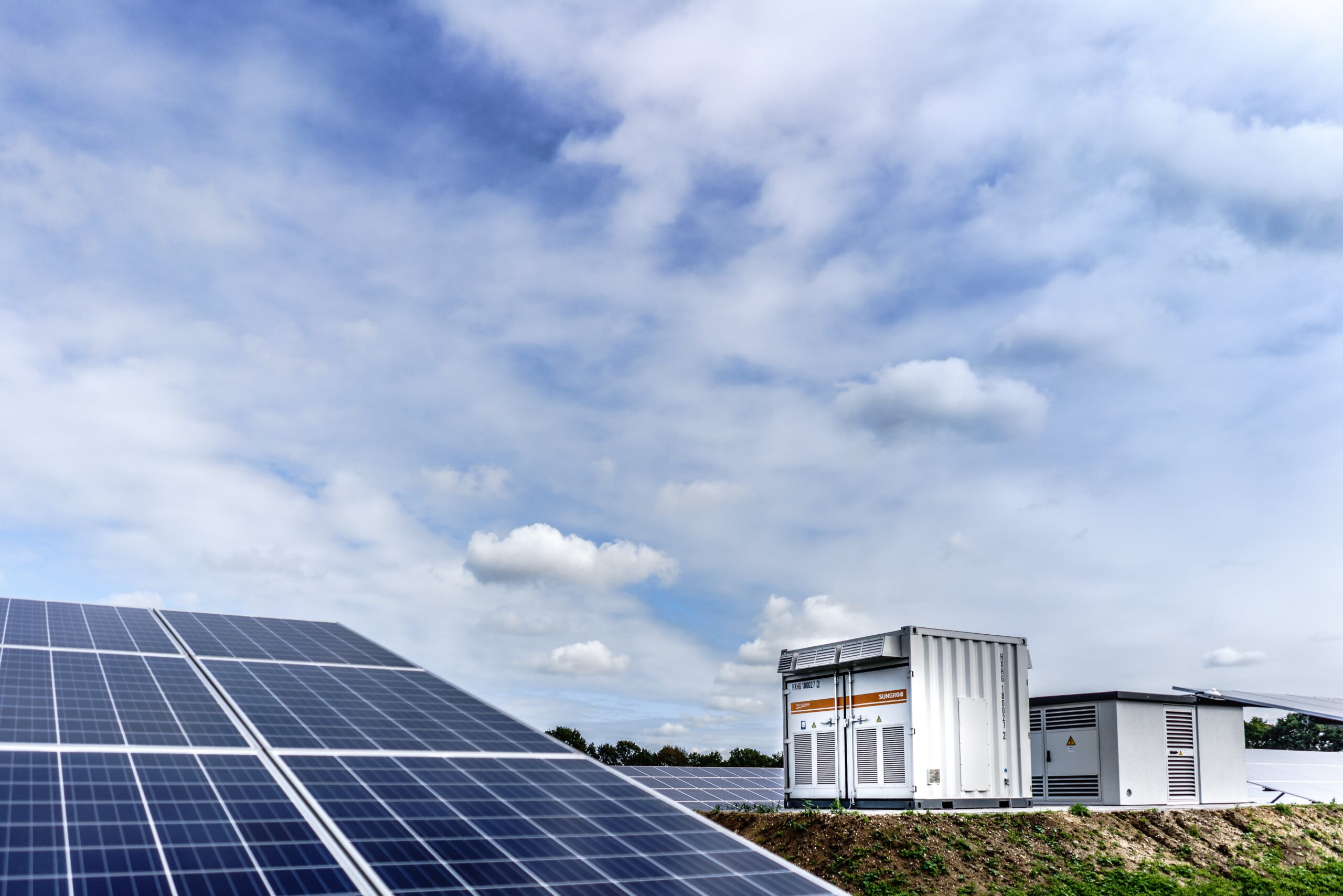India’s National Thermal Power Corporation Limited (NTPC), recently joined the growing list of companies that are testing the green hydrogen microgrid. In a nutshell, green H2 is a form of hydrogen that is produced using renewable energy. While it is still a technology that’s coming up, there are already many pilot tests being carried out about it around the world. The most recent test to be carried out, of course, is the one in India.
In a bid to join the rest of the world in efforts to transition from fossil fuels to renewable and environmentally friendly green H2, NTPC has plans to put up a stand-alone fuel cell microgrid. The facility will be situated at some village close to Visakhapatnam in the Southern part of India. The pilot project was officially commissioned on 15th December 2021 by India’s Ministry of Power. The move becomes one of the latest move by India, to contribute to the activities that seek that make hydrogen a dominant energy source within the next few years.
According to the Indian government, the project is not only a pilot one for hydrogen microgrids, but is also a test of future green H2 storage in the country. So, the project will go on to carry out tests about microgrids, but with time, the technology will be deployed to various parts of the country in readiness to mate the selected locations the country’s future green H2 storage facilities. Indeed, all these and many other similar projects are geared towards supporting India’s efforts to be carbon-free by the year 2070.
Arguably, India’s project comes at a time when the microgrid industry invests in hydrogen as a possible energy source soon. With these latest developments, several things are expected to happen. For instance, it is expected that the price of green H2 microgrids will drop drastically within the next few years. Hydrogen is also likely to determine how several other activities in the industry will be carried out, especially concerning the production and use of fuel cells.
Experts argue that the resiliency of hydrogen technologies provides many benefits to the microgrid industry. A good example is a fact that green H2 can be produced using the excess renewable energy and then used in fuel cells. On the other hand, the same hydrogen can be blended with other natural gases and then used in combustion engines and other applications. These will help lower emissions of carbon to the atmosphere and ensure that energy sources are eco-friendly and renewable.
Elsewhere, in Sweden, Western Australia, and the US, there are similar plans to install stand-alone green hydrogen power systems. In the US, for instance, a plant in California by the name Stone Edge Farm Microgrid uses green hydrogen. It is from such a project that other facilities/projects have emerged in the world. They all seek to change how microgrids work and use renewable energy.
As a wrap up, India’s case and similar ones across the world demonstrate the role that hydrogen plays now as the world seeks to reduce carbon emissions. The tests are proof that green H2 might be the flexible and clean energy source that the world has long searched for over the years.


